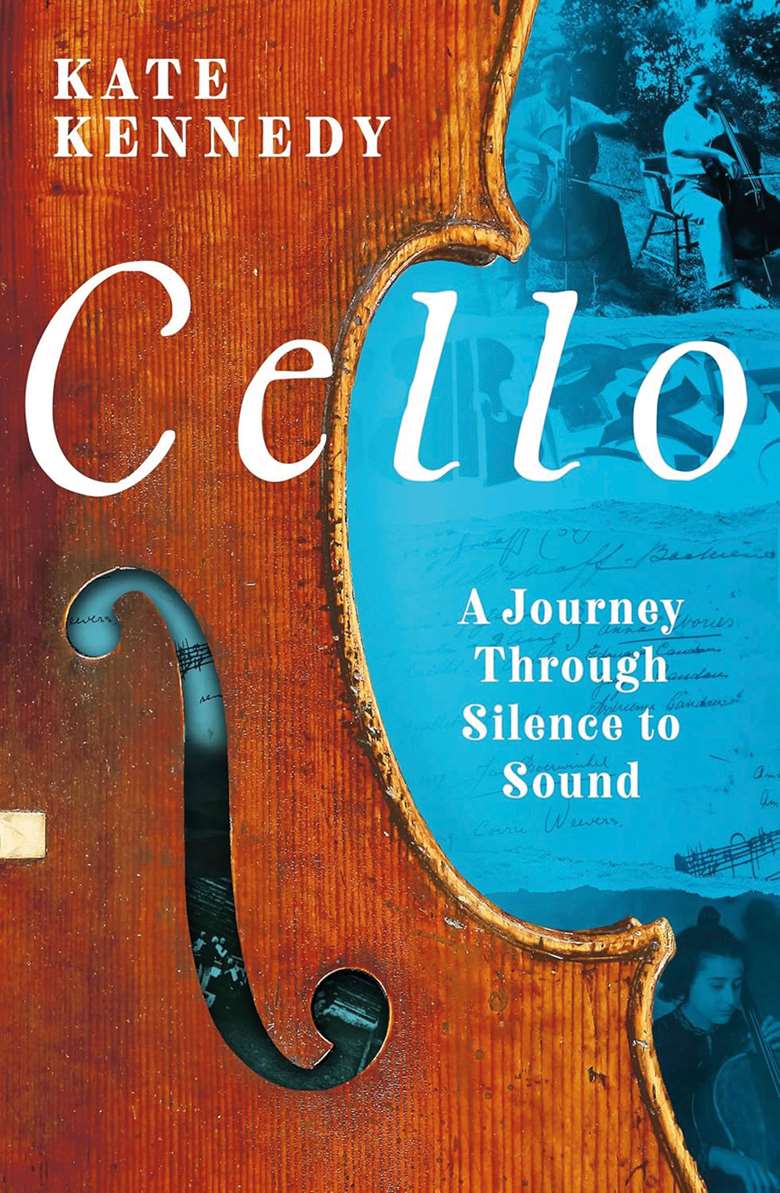Cello: A Journey through Silence to Sound (by Kate Kennedy) | Book Review
Richard Bratby
Friday, November 1, 2024
It’s hard to think of another book about a specific instrument that goes quite as deep as this

Register now to continue reading
Thanks for exploring the Gramophone website. Sign up for a free account today to enjoy the following benefits:
- Free access to 3 subscriber-only articles per month
- Unlimited access to our news, podcasts and awards pages
- Free weekly email newsletter







